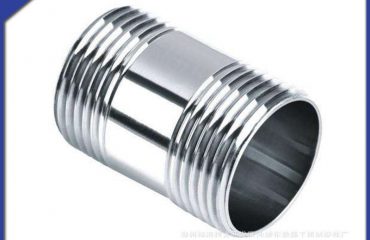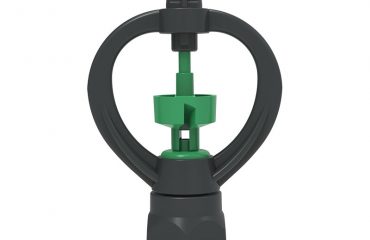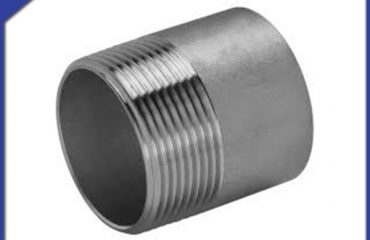Stainless steel flange will not produce corrosion, pitting corrosion, rust, easy to wear. Stainless steel is one of the most intensive building metal materials. Because stainless steel has good corrosion resistance, it can make structural parts permanent to maintain the integrity of Engineering design. Stamping flange of stainless steel containing chromium also integrates mechanical strength and high extensibility. It is easy to process and manufacture parts, and can meet the needs of architects and structural designers. All metals react with oxygen in the atmosphere to form oxide films on the surface. Iron oxide formed on common carbon steel will continue to be oxidized, so that the corrosion will continue to expand, and eventually form holes. Because stainless steel flange will not produce corrosion, pitting corrosion, rust, not easy to wear and tear, with excellent performance, will stand out in many flanges, dominate.
Generally speaking, castings made from 304 stainless steel scrap without magnetism have micromagnetism. What causes it?
1. The control of chemical equivalents is not in place.
In order to reduce the cost, the general manufacturer controls the lower limit of Ni. Between 8.0% and 8.2%, when Cr/Ni reaches a certain value, a certain amount of ferrite appears in the structure of steel, and the ferrite is magnetic. At this time, the ferrite can be completely dissolved into austenite by solid solution treatment at 1050–1080 C, and there will be no magnetism.
2. Cold work hardening.
Deformed martensite occurs in austenitic stainless steel during cold working. Deformed martensite increases the strength of stainless steel, while deformed martensite is magnetic. Deformed martensite can be eliminated by solution treatment or even annealing, but the strength of steel will decrease.
 Language
Language Espanol
Espanol English
English Italian
Italian عربى
عربى
 Skype: chinamaker99
Skype: chinamaker99  Tel: 86-316-5120812
Tel: 86-316-5120812 Email:
Email:  Whatsapp:
Whatsapp: 

